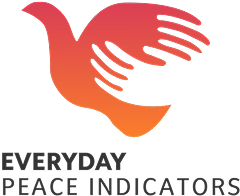Afghanistan has endured over four decades of conflict, marked by civil war, insurgency and the US-led invasion. This violence has led to the emergence of extremist actors such as the Taliban, Islamic State (IS) and Al Qaeda.
In response to escalating violence by extremist groups, there was a diverse array of countering violent extremism (CVE) programs being implemented.
However, policymakers and practitioners often lacked insight into communities’ actual experiences with violent extremism when designing these programs. They typically relied on quantifiable metrics, ranging from online engagement metrics like “views” and “likes” on propaganda videos to broader indicators such as the number of terrorist attacks and casualties from violent acts.
Most CVE programs were top-down in design, informed primarily by insights from elites such as religious leaders, elders and politicians. They frequently overlooked the perspectives of those most affected by violence—everyday Afghans.









